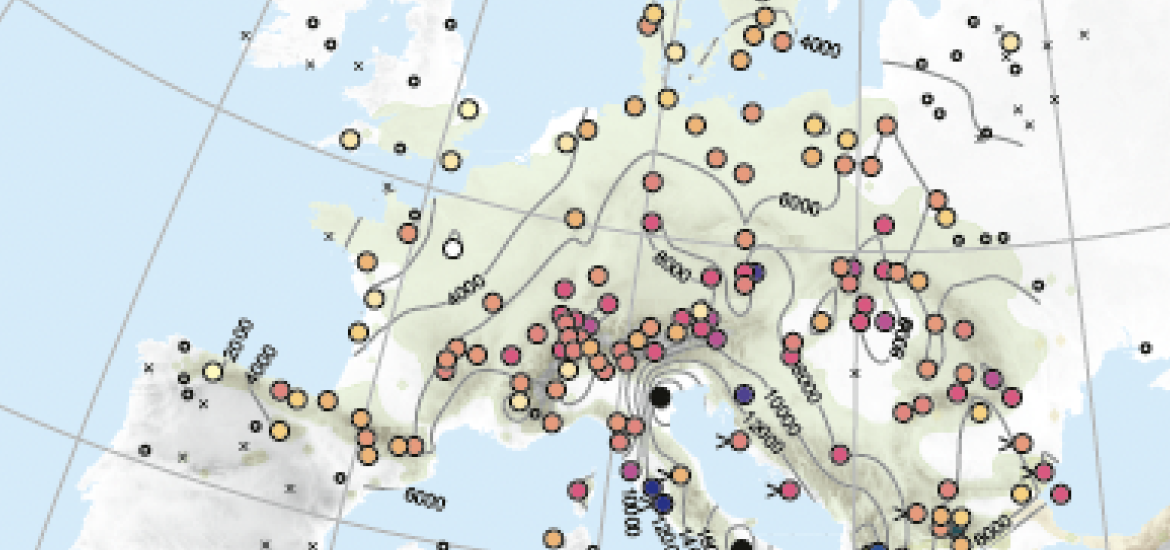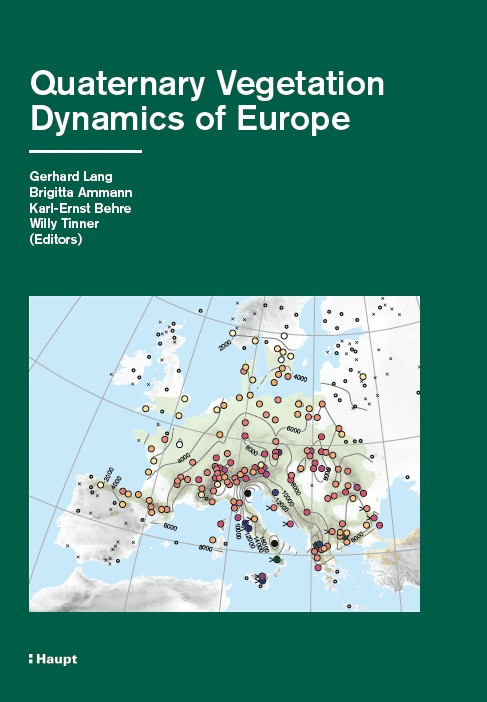- Home
- All News Overview
- Quaternary Vegetation Dynamics of Europe

Monday, 12 June, 2023
Former PAGES SSC member and Co-Chair, Willy Tinner, together with Gerhard Lang and Karl-Ernst Behre, have released a new publication on "Quaternary Vegetation Dynamics of Europe".
This text book is the first palaeo-based vegetation history overview for an entire continent, summarising over 100 years of research, with more than 3000 references.
"Based on palaeoecological studies by many authors, this book gives an overview of the changing history of the European plant cover during the past 2.6 million years, characterized by numerous cold and warm periods. The period of the last 20 000 years (from the Last Glacial Maximum to the present) is presented in detail, with special emphasis on the vegetation dynamics of Europe, the history of selected woody plants, the development of lakes and bogs and the emergence of European cultural landscapes under the influence of humans over thousands of years. In the analysis of the glacial and interglacial periods, the focus is on the different vegetation developments and the progressive impoverishment of the European flora. Further important topics are the spatio-temporal patterns and causes of long-term vegetation changes, the legacies of disturbances and land use on vegetation composition, the role of palaeoecology in nature conservation and its contribution to ecology and environmental sciences. In addition to recent research results, the book provides an overview of the main palaeoecological research methods. It concludes with a summary of the history of palaeoecology and Quaternary botany.
For the first time, a detailed synthesis is presented of the many findings on European vegetation dynamics, which are complex and increasingly difficult to summarize. Numerous figures and tables, many of them original, accompany the text. The bibliography includes over 3000 publications. This book is primarily intended for students, researchers and practitioners in plant ecology, palaeoecology, palaeoclimatology, forestry, agronomy, Quaternary sciences, climate sciences, biogeography, geography and archaeology."

